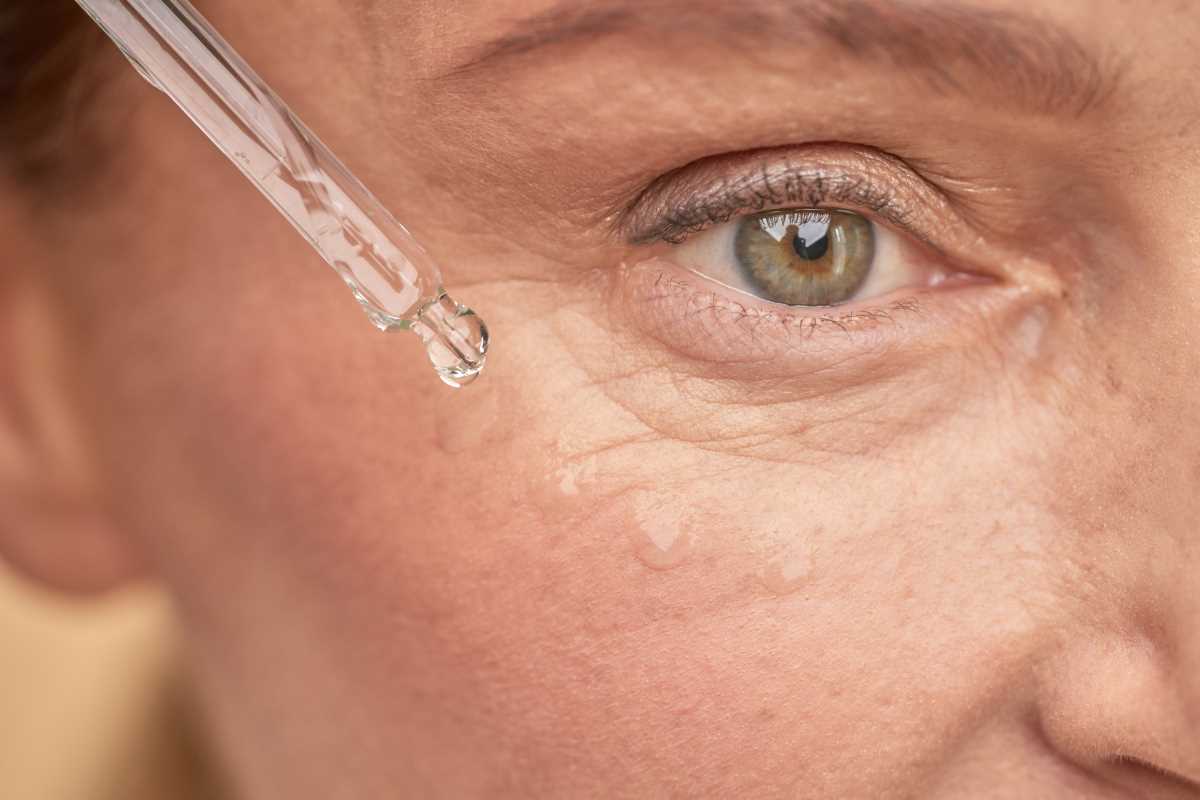As the temperatures drop and the cozy layers come out, the transition to winter often feels comforting. The thick knits, scarves, and wool coats that we reach for when the chill sets in are synonymous with warmth and style. However, these beloved winter garments can also introduce a common, albeit frustrating, issue—skin irritation. Many people find that the combination of cold air and heavy fabrics results in dry, itchy, and irritated skin. To prevent this, it’s essential to strike a balance between cozy fashion and proper skincare. Let’s explore how to protect your skin while staying stylish and warm this winter.
Understanding the Causes of Winter Skin Irritation
Before diving into solutions, it’s important to understand why winter leads to more skin irritation in the first place. The primary culprits are cold weather and low humidity, which strip the skin of its natural oils. This dryness makes your skin more sensitive to friction and pressure from clothing, particularly when heavy, textured fabrics like wool, flannel, and synthetic materials are involved. Additionally, some winter fabrics may trap moisture against the skin, creating the perfect conditions for rashes and irritation.
Layering, which is key to staying warm, can sometimes exacerbate this problem. The combination of tight-fitting garments underneath heavier outerwear can cause friction, making it difficult for the skin to breathe. If you already have sensitive skin or conditions like eczema, psoriasis, or rosacea, winter can become particularly challenging.
Choosing Skin-Friendly Fabrics
One of the best ways to prevent irritation is by choosing skin-friendly fabrics, especially for the layers that make direct contact with your skin. Natural, breathable materials such as cotton and silk are much gentler on the skin compared to synthetic fibers like polyester or rough textures like wool. Consider wearing these gentler fabrics as your base layer, creating a barrier between your skin and the harsher outer layers.
Cotton, for example, is a soft, breathable material that helps wick away moisture while remaining gentle on the skin. Silk is another excellent option for its smooth texture, which is less likely to cause friction or irritation. For those who can't resist the warmth of wool but find it itchy, merino wool can be a skin-friendly alternative. Merino wool fibers are finer and softer than traditional wool, making them much more comfortable to wear directly on the skin.
Layering Wisely for Warmth and Comfort
The key to winter fashion is layering, but it’s important to do so in a way that doesn't compromise your skin’s health. Start with a moisture-wicking base layer made from cotton, silk, or a specialized fabric designed to keep moisture away from the skin. These base layers help regulate your body temperature, keeping you warm while preventing excess sweating that can lead to irritation.
For your middle layers, opt for fleece or lightweight knits that provide warmth without too much bulk. Fleece is soft and gentle on the skin, and its synthetic fibers are engineered to allow for breathability while insulating heat. Be cautious, however, as wearing too many layers can cause overheating, leading to sweating and increased friction against the skin.
Finally, your outer layer should serve as a protective barrier from the elements. Opt for breathable jackets or coats that provide insulation but also allow moisture to escape. Avoid materials that are too heavy or rough unless you have a skin-friendly base layer underneath.
Moisturizing Is Non-Negotiable
No matter how careful you are with your fabric choices, winter skincare requires diligent moisturizing to combat dryness and irritation. Apply a rich, hydrating moisturizer daily, especially after bathing, to lock in moisture and create a protective barrier for your skin. Look for moisturizers that contain ingredients like hyaluronic acid, ceramides, or glycerin, which help retain water in the skin and prevent moisture loss.
It’s also a good idea to use body oils or balms on particularly dry areas, such as your elbows, knees, and hands. These thicker formulations provide extra nourishment and protection, helping to prevent chafing or irritation caused by your winter wardrobe. Additionally, don’t forget to hydrate your lips with a nourishing lip balm, as lips are particularly susceptible to cracking and irritation in cold weather.
Avoiding Common Irritants
In winter, it’s important to avoid harsh detergents and soaps, which can further strip the skin of its natural oils. Opt for hypoallergenic laundry detergents and fabric softeners to minimize irritation, especially for clothing that comes into direct contact with your skin. Similarly, switch to gentle, fragrance-free body washes and soaps during the colder months to prevent unnecessary drying of the skin.
When washing your face and body, try to limit your time in hot water. Although a steamy shower or bath may feel tempting during winter, hot water can exacerbate dryness and irritation by stripping your skin of its natural protective oils. Instead, use lukewarm water and immediately apply a moisturizer afterward to replenish your skin’s moisture levels.
Protect Your Skin from the Elements
While cozy layers protect you from the cold, your exposed skin—especially on your face and hands—still needs extra care. Cold air, wind, and even indoor heating can dehydrate your skin, making it more susceptible to irritation. Protect your face with a hydrating face cream or balm and always wear sunscreen, even in winter, to shield your skin from harmful UV rays.
Don’t neglect your hands, either—wear gloves or mittens made from soft, non-irritating materials like fleece or wool blends lined with silk or cotton. Applying a thick, protective hand cream throughout the day, especially after washing, will help keep your hands soft and prevent cracks or irritation caused by the cold air.
 (Image via
(Image via





